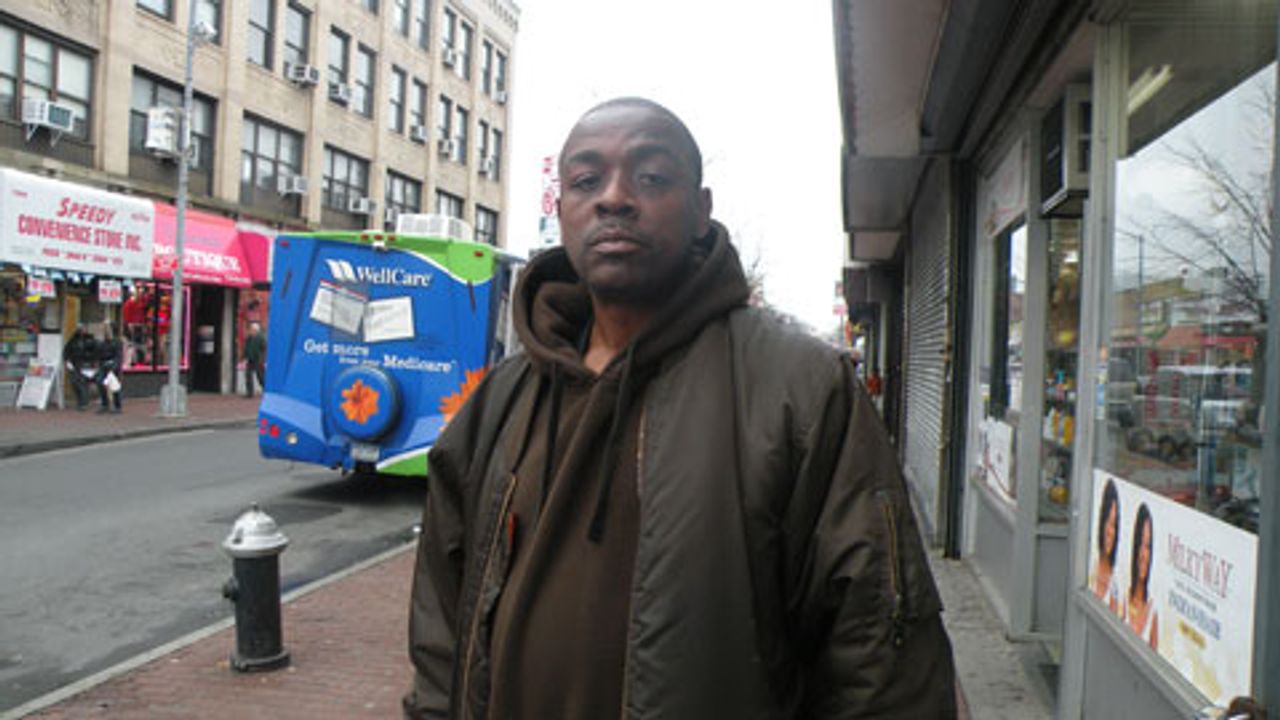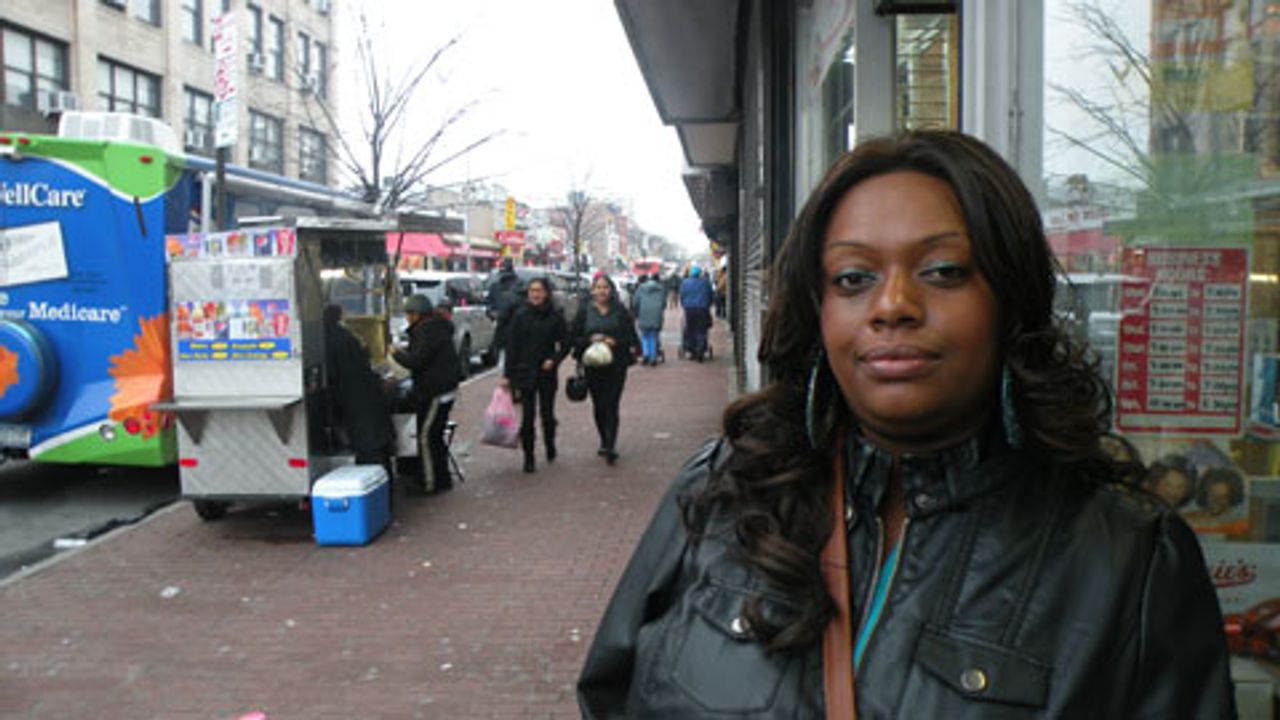Nearly a month and a half after Hurricane Sandy hit the northeast coast of the United States, thousands of residents in the Rockaways section of the borough of Queens in New York City continue to live in misery. People in this area, where a number of public housing complexes are located, continue to cope with limited heat, electricity, food, medical care, and transportation.
As of late November, nearly 10,000 people were still without power. It is estimated that up to half of the small businesses that served this area have been destroyed and will never be rebuilt. Direct subway service to the Rockaway peninsula is not expected to be restored until next spring. The substitute bus service is grossly inadequate, causing long delays for those commuting to work or school.
The neighborhoods known collectively as The Rockaways (named after a Native American tribe which once inhabited the New York area) lie on a long, narrow peninsula that is effectively a barrier island on the south shore of Long Island, though connected to the mainland at its eastern end. It forms the southern boundary of Jamaica Bay, on which JFK airport is located.
As a barrier island, the south side of the Rockaway Peninsula fronts directly on the Atlantic Ocean. It therefore took the full brunt of Hurricane Sandy when the storm made landfall on October 29. The flood map published by the city shows that the low-lying peninsula was completely inundated with at least four feet of water coming from both the ocean and the bay. Many homes and other buildings were destroyed and many more were severely damaged. At least four people are known to have died in this area.
In addition to the direct effects of flooding, the storm caused the outbreak of multiple fires, including one in Breezy Point that destroyed over 100 homes. Hurricane conditions made it impossible for firefighters to effectively respond.
The city’s disorganized and poorly planned response to the storm is exemplified by the experience of residents and workers at more than a dozen nursing homes on the Rockaway Peninsula. These facilities were told to “shelter in place” even though the whole area was in a mandatory evacuation zone. Removal of the residents in the immediate aftermath of the storm was extremely difficult and dangerous, putting their lives at risk. The haphazard nature of the evacuation to scattered shelters meant that medical records were often unavailable and relatives had a difficult time finding their family members.
Rockaway neighborhoods are home to 125,000 people, including public employees as well as thousands of the unemployed and the working poor, many of whom live in four major public housing complexes. Although the peninsula was in the mandatory evacuation zone, no concerted effort was made by the city to provide adequate emergency shelters or to help residents, many of whom are elderly or infirm, to leave. Those shelters that were available rapidly became squalid and dangerous.
Even prior to the storm, living conditions for many residents of the Rockaways were difficult. The area is one of a number of low-lying neighborhoods in the city, including Coney Island and Red Hook in Brooklyn and the Lower East Side of Manhattan, where large numbers of housing projects were built in past decades.
During the post-World War II period, a number of waterside locations that had once been popular recreation and residential areas fell into disfavor as affluent New Yorkers moved farther out on Long Island or to the Jersey Shore. Other low-lying areas in the city had long been undesirable enclaves for the poor or had lost commercial or maritime-related activities. The marginalized real estate was cheap and available for placement of apartment blocks. This effectively created high-rise ghettos located far away from the wealthier areas.
Although at first such developments were a relative improvement compared to previous living conditions, decades of neglect and underfunding by the city have resulted in severe deterioration. The effects of Hurricane Sandy have only compounded these conditions.
The WSWS spoke with Rockaways residents about their experiences in the aftermath of the storm as well as the current situation.
Cynthia Leathers works in a local nursing home that is operating on generator power. Other facilities are in worse shape. “Many of them were damaged and won’t open back up,” she explained. “What about the people there? What about the people who lost their jobs?”
 Jonathan Lloyd
Jonathan LloydJonathan Lloyd, an unemployed resident of Far Rockaway, whose basement apartment and all his belongings were completely destroyed by the storm, described conditions facing many of the area’s residents. “Basically I’m homeless now. I don’t want to go to the shelter. I took one look at it. It was overcrowded and dirty. I’ll stay at my mom’s or my sister’s or my friend’s house. I’ll stick around for a few days then you see that, ok, it’s been long enough, it’s time to stay somewhere else. I shouldn’t have to go through this. I’m 50 years old. Do you think I want to sleep on my mom’s couch?”
 Jessica Macias
Jessica MaciasJessica Macias told the WSWS that she spent 13 days without light, heat and hot water after the storm. Utilities are still not fully restored, with hot water unreliable. “I’m mad at LIPA (Long Island Power Authority). I just got a bill that was the highest ever. But why didn’t they do more to prepare? Why couldn’t they order transformers before the storm if they knew it was going to be bad? LIPA’s president gets on TV and makes it seem like they have everything under control. That’s a lie. It wasn’t until Obama’s visit two weeks later—that’s when the lights came back on.”
Cynthia reported similar difficulties. “We still have no hot water. It took 23 days before I got my lights back on. It’s crazy. People on my block still don’t have lights. We shouldn’t have to be here one and a half months later.”
As time goes on, the rampant growth of mold is becoming an increasingly serious danger to health in buildings that were inundated by the floodwaters and left without heat for weeks on end. The New York City Housing Authority (NYCHA), which runs the public housing complexes, has hired workers to apply disinfectant to walls where mold is growing. At a public school in the Belle Harbor neighborhood parents and teachers are complaining that the administration’s solution was simply to paint over the walls of the flooded auditorium. Neither action gets rid of the moisture that has soaked into the walls. The city is recommending that homeowners tear out and replace flood-drenched walls.
The response of governmental agencies, such as the Federal Emergency Management Agency (FEMA) to the needs of Rockaway residents, as well as many other working class areas in the region hit by Sandy, has been grossly inadequate.
Jonathan told the WSWS that he is skeptical about FEMA’s efforts. “I think they should give jobs to people in the neighborhood. We suffered through it and lost everything. I saw flyer that said FEMA was hiring. I thought, ‘Yeah I want to give back,’ so I went online and applied, but after that I never heard anything. A lot of people are unemployed around here. Everyone I checked with said: ‘Did they call you? No. You? No.’ But they’ve got to make it seem like they’re doing something, otherwise people would start rioting.”
Even those hired for post-Sandy cleanup are having difficulties. The WSWS spoke with Marcy, who is working for a FEMA contractor. She said that half of those hired with her had already been let go and that their pay had been cut from what was advertised. She’s also had difficulty cashing her paychecks because of problems with another contractor.
The contractors are placing workers in dangerous situations without adequate protection. Marcy reported, “They didn’t have the right protection for us when we started. What we face is like another 9/11 scene. Anything the beach water touches is contaminated. Anything we touch is hazardous. In the beginning all we had were latex gloves. Now we have masks, hardhats and heavy-duty gloves. We have glasses, but they aren’t goggles that fit tightly to our face.”
The callous indifference of the ruling class to the plight of working class residents in areas such as the Rockaways is exemplified by billionaire Mayor Bloomberg’s two perfunctory visits, as well as by his callous and complacent statements that all was nearly normal in the days following the hurricane. Six days after the storm, the mayor made a brief stop in the area. He had hoped for a quick “photo op,” but was instead confronted by angry residents demanding to know why they were not receiving assistance. The mayor had no response except to say that people should be patient. In a return visit several weeks later, Bloomberg was kept well away from local people by a phalanx of police.
At a time when both the Democrats and Republicans are determined to impose savage austerity on the working class, there can be no expectation that the resources necessary to make those devastated by Sandy whole again will be forthcoming.
President Obama recently announced that he will ask Congress for $60.4 billion for Sandy relief, which is already substantially less than the $82 billion combined requests from the governors of New York, New Jersey and Connecticut. As New York City’s billionaire mayor declared at a recent news conference, “Saying we’re going to spend whatever it takes just is not realistic.”
The author also recommends:
One month since Hurricane Sandy
[1 December 2012]
